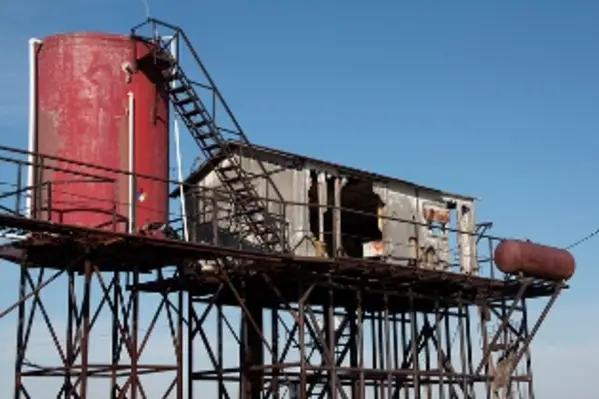Iran’s oil production rose by 220,000 bpd to a four-year high of 3.22 mn bpd in February following the mid-January lifting of sanctions, the IEA reports
A resumption of crude oil sales to Europe during the first full month of sanctions relief and higher sales to existing customers in Asia helped push crude oil exports above 1.4 mn bpd – up from around 1.15 mn bpd just before sanctions were eased. Shipments of crude in March, much of it Iranian Heavy, are expected to rise by around 150,000 bpd, according to the IEA. ( In late March Iran's First Vice President Eshaq Jahangiri said the country has been able to increase its oil exports to 2.2mn bpd, on a par with the pre-sanctions level). Regular buyers in Asia including South Korea, Japan and India have stepped up purchases; South Korea’s imports of around 200,000 bpd so far this year are nearly double that of 2015. National Iranian Oil Co (NIOC) is reportedly offering deferred payment options to major buyers, says the IEA.
Iran is reported to be in negotiations with several European, Asian, African and South American countries on building or buying refineries, and discussions are underway with Oman on building a 250 km natural gas pipeline between the two countries for the export of Iran’s natural gas. Oman’s Minister for Oil and Gas, HE Mohammed bin Hamad Al Rumhy, is reported to have said at the Ministry’s annual press briefing in March that Iran could use Oman LNG’s spare capacity to liquefy their natural gas for export.
Iran’s Oil Minister Bijan Zangeneh has repeatedly emphasized that the country is determined to regain its share of the oil market that it had lost as a result of the sanctions, and is looking to increase the country’s oil production by 500,000 bpd immediately after the removal of the sanctions and by a further 500,000 bpd later on. He is also reported to have said that the country may be willing join other producers in a production freeze – but only when it reaches production of four million bpd.









